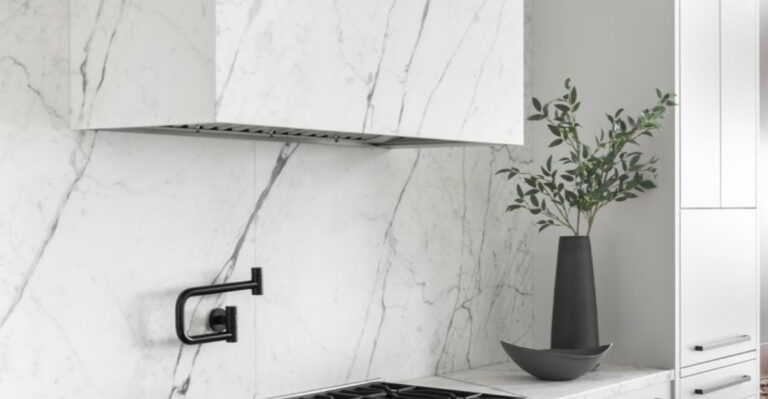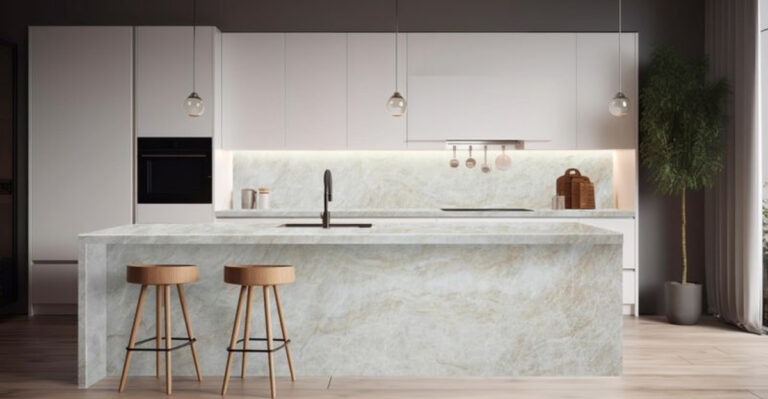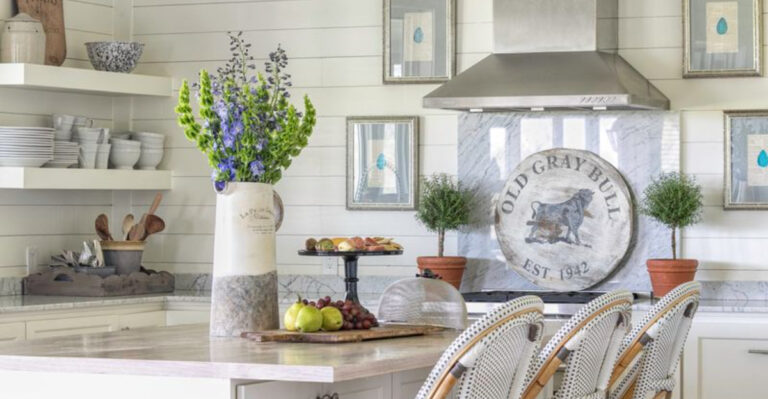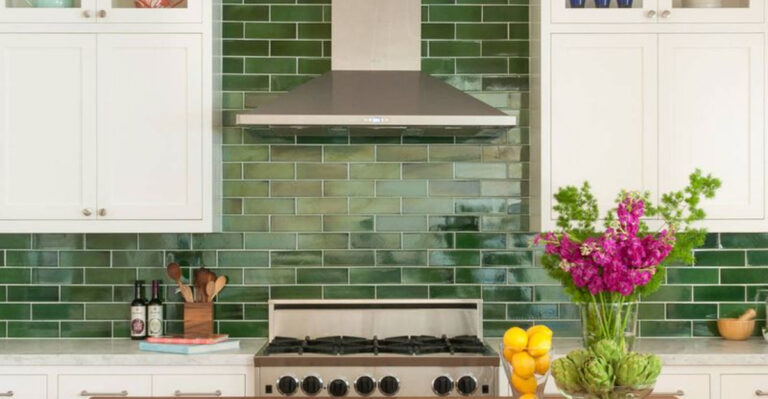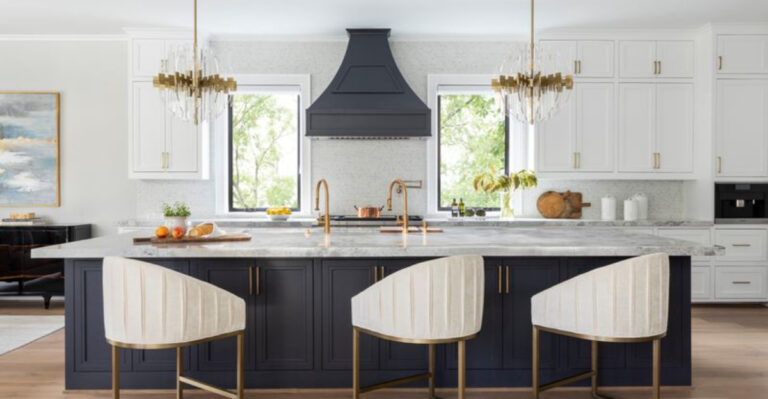18 Questions You Should Ask Before Starting Your Kitchen Remodel
Embarking on a kitchen remodel is like starting a thrilling adventure with plenty of twists and turns along the way.
Before you tear down those old cabinets or pick out fancy new appliances, you need a solid game plan.
Asking the right questions now can save you from headaches, unexpected costs, and disappointment later on.
1. What’s my total budget?
Money matters make or break renovation projects! Without a clear budget, costs can spiral out of control faster than you can say “granite countertop.”
Start by determining your absolute maximum spending limit, then subtract 15-20% for unexpected expenses that inevitably pop up. Remember to include costs for materials, labor, permits, and temporary living arrangements if needed.
2. What’s my timeline for completion?
Rushing through a kitchen renovation rarely ends well! Understanding realistic timeframes helps manage expectations and plan your life around the disruption.
Consider factors like material delivery times, contractor availability, and inspection schedules. Most kitchen remodels take 4-8 weeks minimum, but complex projects can stretch to several months. Holiday seasons and summer months often see contractor schedules fill up quickly.
3. Do I need permits?
Skipping permits might seem tempting to save time and money, but this shortcut can cause major headaches down the road!
Most structural changes, electrical work, plumbing modifications, and gas line adjustments require proper permits. Working without them can result in fines, forced removal of completed work, or complications when selling your home. Your contractor should help navigate this process, but ultimately it’s your responsibility.
4. Who will handle design plans?
Great kitchens don’t happen by accident – they’re carefully planned by professionals who understand both aesthetics and functionality.
You might hire an architect, interior designer, kitchen specialist, or rely on a design-build firm. Each option comes with different costs and levels of service. Even if you’re design-savvy, having professional input on traffic flow, ergonomics, and building codes can make a world of difference.
5. Should I hire a contractor or do it myself?
Visions of DIY glory can quickly turn into renovation nightmares if you bite off more than you can chew!
Honestly assess your skills, available time, and tolerance for living in construction chaos. While DIY might save money initially, mistakes can be costly to fix. Consider a hybrid approach – handling simpler tasks yourself while leaving plumbing, electrical, and structural work to professionals.
6. What’s my kitchen’s current layout?
Before dreaming of what could be, take stock of what already exists in your cooking space.
Measure your kitchen’s dimensions carefully, noting the location of windows, doors, plumbing, gas lines, and electrical outlets. Identify load-bearing walls that can’t be moved without significant structural work. Understanding these constraints helps set realistic expectations for what’s possible within your budget.
7. Do I want to change the layout?
Sometimes the difference between a good kitchen and a great one comes down to thoughtful layout changes that maximize functionality.
Consider whether your current work triangle (the path between sink, stove, and refrigerator) flows efficiently. Adding an island, removing a wall, or relocating appliances can dramatically improve usability. Remember that layout changes involving plumbing or load-bearing walls significantly increase complexity and cost.
8. What appliances will I keep or replace?
Your fancy new kitchen deserves appliances that match both its style and your cooking habits.
Take inventory of your current appliances’ condition, efficiency, and compatibility with your new design.
Replacing all appliances significantly impacts your budget, but mixing old with new can sometimes create design disconnects. Consider energy efficiency ratings, as newer models might save money long-term despite higher upfront costs.
9. What’s my primary cooking style?
Avid bakers need different kitchen features than grill masters or weeknight-only cooks!
Think about how you actually use your kitchen versus how you aspire to use it. If you bake frequently, consider double ovens and countertop space for rolling dough. For entertaining, perhaps a larger cooktop and prep area make sense. Tailoring your kitchen to your genuine cooking habits ensures you’ll love using it.
10. How much storage do I need?
Nothing ruins a beautiful kitchen faster than cluttered countertops and overstuffed cabinets!
Take inventory of everything you store in your kitchen currently. Consider specialized storage solutions for items you use regularly – pot drawers, spice organizers, or appliance garages. Smart storage planning might mean fewer cabinets but more usable space, potentially saving money while improving functionality.
11. What countertop materials fit my lifestyle?
Beyond just looking pretty, your countertops need to withstand your kitchen activities without constant babysitting.
Busy families might prioritize durability over luxury, making quartz a better choice than marble. Serious cooks might want heat-resistant surfaces near cooking zones. Consider maintenance requirements honestly – will you really oil that butcher block or reseal that granite as recommended?
12. What cabinet style do I want?
Cabinet choices set the visual tone for your entire kitchen while determining how much storage you’ll actually have.
Beyond door styles and finishes, consider construction quality – solid wood, plywood, or particleboard cores affect longevity. Soft-close hinges and full-extension drawers cost more but dramatically improve usability. Don’t forget to plan for toe kicks, crown molding, and hardware that complements your overall design vision.
13. Do I need more lighting or outlets?
Inadequate lighting and inconvenient outlet placement can transform your dream kitchen into a daily frustration zone.
Plan for three lighting types: ambient (general illumination), task (focused work areas), and accent (highlighting design features). For outlets, consider your small appliance usage patterns and modern charging needs.
Installing undercabinet lighting and outlets during renovation is far easier than adding them later.
14. How will I handle ventilation?
Proper ventilation prevents cooking odors from lingering in your home long after dinner’s been served.
Consider range hood options based on your cooking frequency and style – recirculating models filter air while external venting removes it completely.
Size matters – hoods should extend beyond cooktop edges for maximum effectiveness. Don’t forget noise levels, especially in open-concept spaces where loud fans might disrupt conversation.
15. What flooring is best for my needs?
Your kitchen floor takes more abuse than any other surface in your home! Durability, water resistance, comfort underfoot, and maintenance requirements should guide your flooring choice. Hardwood looks beautiful but requires more care than porcelain tile or luxury vinyl.
Consider how your selection transitions to adjacent rooms and whether you need special underlayment for sound dampening or warmth.
16. How will the remodel affect resale value?
Even if you’re not planning to move anytime soon, considering future buyers makes financial sense. Kitchen renovations typically return 70-80% of their cost in home value, but this varies by neighborhood and design choices. Extremely personalized designs might limit buyer appeal.
Balance your personal preferences with timeless elements, especially for big-ticket items like cabinets and layout that are expensive to change.
17. Do I want eco-friendly materials?
Going green in your kitchen renovation isn’t just good for the planet – it can improve your home’s air quality too!
Consider sustainable cabinet materials, low-VOC paints and finishes, energy-efficient appliances, and water-saving fixtures. Recycled glass countertops and reclaimed wood features add unique character while reducing environmental impact. Many eco-friendly options now come with minimal price premiums compared to traditional alternatives.
18. Do I have a clear vision or need help refining it?
Feeling overwhelmed by endless Pinterest boards and design options is completely normal! If you’re struggling to articulate your style preferences or functional needs, consider consulting with a designer even for a single session.
Creating a simple mood board with images of kitchens you love can help identify patterns in your taste. Focus on how you want the space to feel rather than getting lost in specific product details.




















